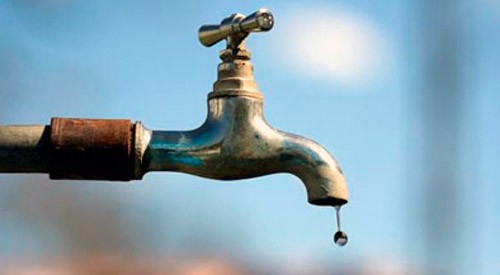Bhubaneswar: Odisha may soon face acute water scarcity if no action is taken to recharge the ground water, which has been depleting rapidly in across the state.
Data released by the state Water Resources Minister Raghunandan Das states that as per a survey undertaken in 2017, the ground water level has decreased by 6.71 per cent (about 1.12 billion cubic metres) between 2009 and 2017.
The ground water level in the state stood at 16.69 billion cubic metres in 2009 and depleted by 1.12 billion cubic metres to 15.57 billion in 2017 – a sharp decrease of 6.71 per cent.
Das informed that as per the CGWB data, ground water level is depleting rapidly in Koraput district. In 1999, the ground water level there was 0.82 billion cubic metres. Over the years, it has decreased to 0.48 billion cubic metres.
Of the 314 blocks in the state, ground water level in five – Bahanaga & Baliapala blocks in Balasore district, Korei of Jajpur, Garadpur of Kendrapara and Bolgad in Khurda district – is in semi critical stage. In other words, about 70 to 90 per cent of ground water is being used in these blocks. Similarly, the ground water level in another 44 blocks is approaching the semi critical level, as about 60 to 70 per cent of the water is being used by the local population. These blocks include Bhubaneswar, Chief Minister’s home turf Hinjilicut, Dhenkanal Sadar, Talcher, Nayagarh Sadar, Kujang, Kakatpur, Kendrapara, Aul, Sora, Ganjam and Bargarh.
Apart from the above-mentioned blocks, ground water has turned saline in six blocks, while water level in 27 towns is decreasing each day. These 27 towns include Bhubaneswar, Cuttack, Berhampur, Angul, Aska, Titlagarh, Khurda, Hinjlicut, Jharsuguda, Puri, Sambalpur, Dhenkanal, Sonepur, Rourkela, Bolangir, Kendrapara and Talcher.
According to the minister, the annual per capita availability of water is also decreasing in the state. The average annual per capital availability of water in Odisha was 3802.84 cubic metres in 1991 and it had dropped to 2578.09 cubic metres in 2019. It is apprehended that the figure will drop to 2329.88 cubic metres in 2030. The government has set a target to install Roof Top Rain Water Harvesting (RTRWH) in 1,885 government and 29,500 private buildings in the affected towns. Besides, it plans to repair 3,300 defunct tubewells in those areas.
However, this step seems to be negligible compared to the volume of depleting ground water level in the state.
Speaking on this issue, Ranjan Panda of Water Initiative Odisha, said, “This is high time that state government should prepare a block-wise action plan for the management of ground water.”






































